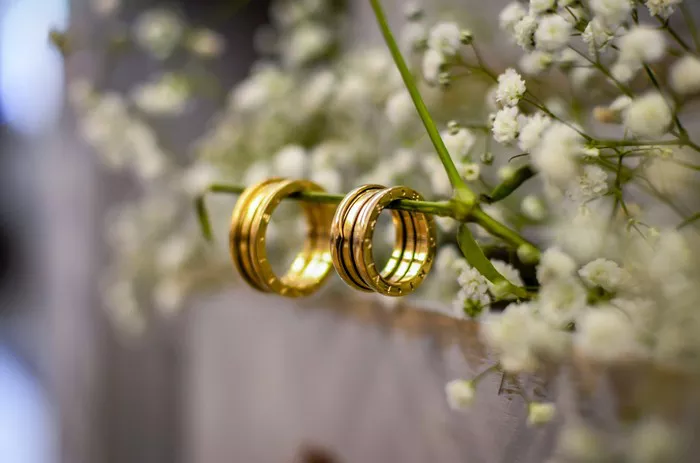The wedding ring industry is undergoing a green transformation as environmentally conscious couples drive demand for sustainable alternatives to traditional mined metals and gems. A report from the Ethical Jewelry Commission reveals that 65% of engagement ring shoppers now prioritize eco-credentials over carat size—a dramatic shift that has forced jewelers to completely rethink their supply chains. From recycled gold to carbon-negative diamonds, the sustainable ring market has grown 800% since 2020, creating both opportunities and challenges for an industry built on extraction.
Leading this charge are innovative materials that would have been unimaginable a decade ago. Companies like Vrai now offer diamonds created from captured carbon dioxide, with each carat removing 20 metric tons of greenhouse gases from the atmosphere. Others specialize in “urban mining”—refining gold from electronic waste, which produces 99% fewer emissions than traditional mining. Perhaps most remarkably, British designer Anabela Chan creates stunning rings from recycled aluminum and lab-grown gemstones, with entire collections that are actually carbon negative.
The environmental impact of these changes is substantial. Traditional gold mining produces 20 tons of toxic waste for every gold ring, while diamond mining requires removing 250 tons of earth per carat. By contrast, recycled gold cuts emissions by 99%, and lab-grown gems use minimal water and energy. “Today’s couples want their symbols of love to reflect their values,” explains sustainable jeweler Mia Larsen. “That means rings that don’t cost the earth—literally.”
Beyond materials, the very business models of jewelry companies are transforming. Many now offer “ring renewal” services to redesign heirlooms rather than purchase new. Others implement circular systems where customers return old jewelry to be melted down for future couples. Some radical startups even lease rings, with the understanding that materials will be endlessly repurposed—challenging the notion that wedding bands must be permanent possessions.
The movement faces hurdles. Certification remains inconsistent, with terms like “ethical” and “sustainable” often used loosely. Traditional jewelers sometimes greenwash by offering token eco-collections while most inventory remains unsustainable. And price premiums for verified sustainable rings (typically 15-20% more) put them out of reach for some couples.
Yet the trend shows no signs of slowing. As climate concerns intensify, experts predict sustainable rings will become the norm rather than the exception within a decade. “Future generations may look back on mined diamonds the way we view fur coats—beautiful but unconscionable,” suggests environmental sociologist Dr. Raj Patel. For today’s eco-conscious couples, the perfect ring increasingly means one that honors both their partner and the planet.


